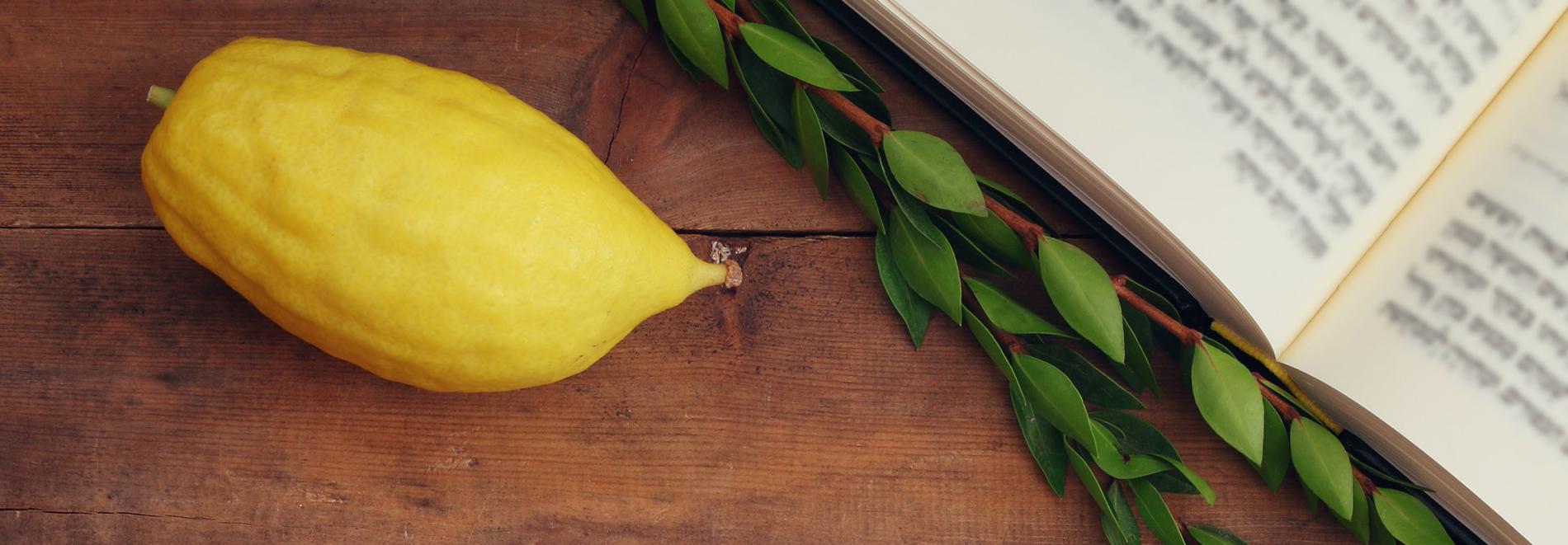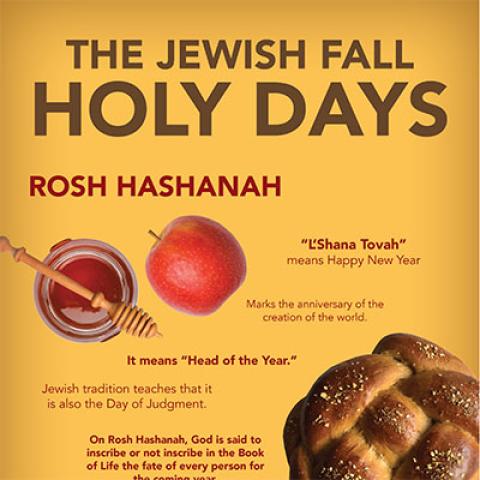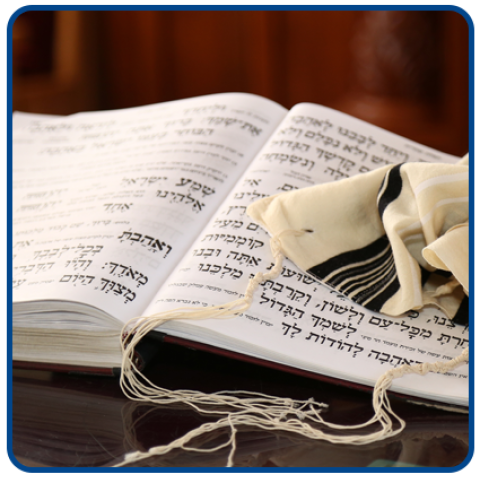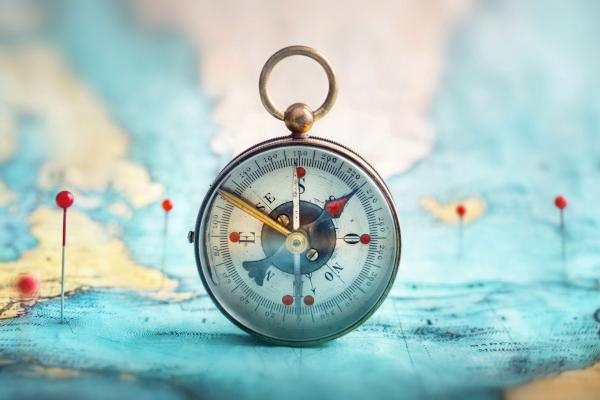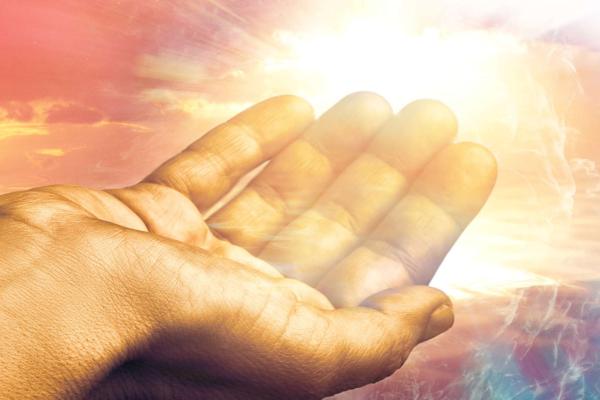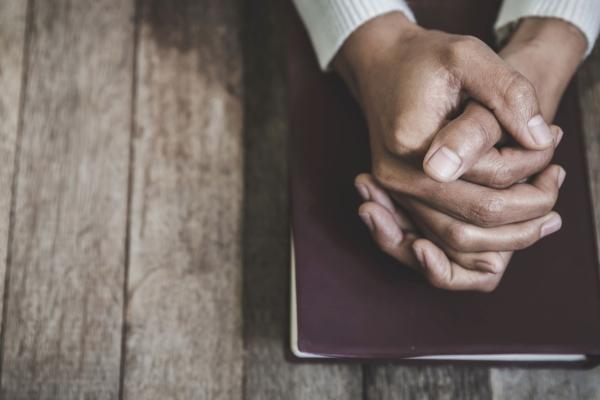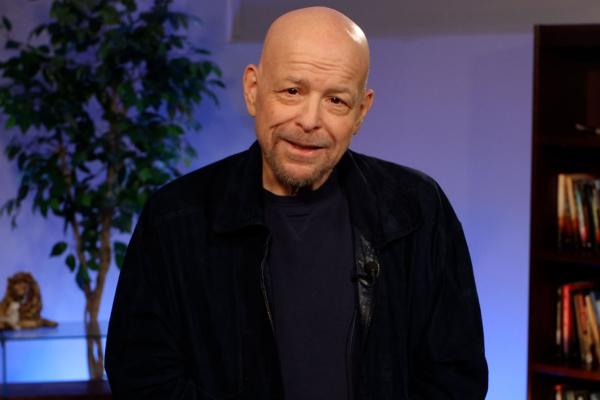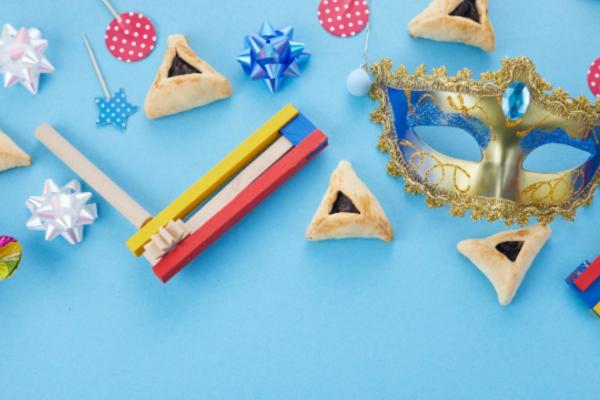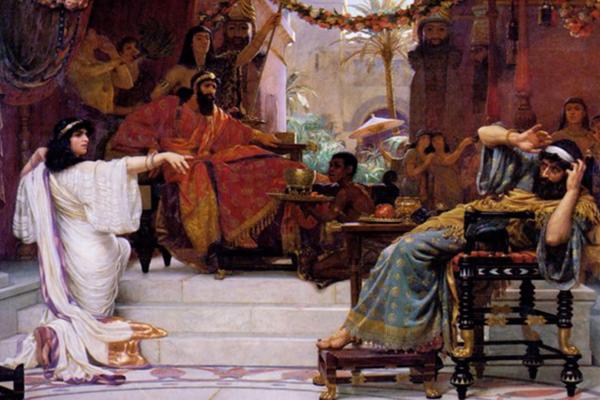By Rabbi Jack Zimmerman
The Feast of Booths (known to some as the Feast of Tabernacles) is the seventh and last festival on the biblical calendar, as recorded in Leviticus 23. Also known as Sukkot in Hebrew, God wanted the Israelites to observe this festival by living in temporary shelters for seven days as a reminder that when their ancestors were in the wilderness, God provided them booths to dwell in.
As in every year, Sukkot is a time of rejoicing. Why? Because it was at this time in ancient Israel when the harvest season was over that God had provided more than enough food for the people to survive. Now it was time to go up to Jerusalem and give thanks to Him in worship at the Temple!In fact, many Jews today celebrate this holiday by building their own booth, or sukkah, a four-sided, temporary structure; with palm branches for the open roof, through which the night sky is visible, and sometimes canvas for the walls. For the seven days of this holiday, many observant families eat their meals there, and others go so far as to sleep in it, too. Leviticus 23 tells us how the holiday was observed in biblical times. The LORD tells Moses in verses 33-36, “Tell the people of Isra'el, ‘On the fifteenth day of this seventh month is the feast of Sukkot for seven days to ADONAI. On the first day there is to be a holy convocation; do not do any kind of ordinary work. For seven days you are to bring an offering made by fire to ADONAI; on the eighth day you are to have a holy convocation and bring an offering made by fire to ADONAI; it is a day of public assembly; do not do any kind of ordinary work.’”Now a question may have popped up in your mind—if this is a seven-day holiday, why in verse 36 does it talk about celebrating on the eighth day? Because the eighth day was actually a separate holiday known in Hebrew as Hoshanna Rabba, or in English as “the Great Hosanna.” You may know Sukkot as the “Feast of Tabernacles.” Some Bible translations may even use it, however, Sukkah actually means “booth,” not tabernacle. The Hebrew word for tabernacle is mishkan, which is not found in this portion of text. Sukkot was also the last of the annual three pilgrimage feasts, when all Jewish men from near and far were required to journey to Jerusalem. And if you could go back there during Yeshua’s time, you’d see a city packed with people; a parade filled the streets as crowds made their way to the Temple. Leviticus 23:40 instructed, “On the first day you are to take choice fruit, palm fronds, thick branches and river-willows, and celebrate in the presence of ADONAI your God for seven days.”On the first day of the holiday, people would pick their best fruits, branches, and palm leaves. It’s customary for Jews today to carry and display a reminder of that. The first is called an etrog, a citrus fruit looking much like an oversized lemon. The second is called a lulav, an unopened branch from the date palm tree. Holding the etrog and lulav on Sukkot is a reminder of the harvest God provided for our ancestors, as well as the materials He gave them to build the sukkah, or booth.Not far from the Temple, the people would hear the sounds of rams and goats and lambs being prepared for the morning sacrifice. It was at this time that the Temple priest would lead his own parade. He would exit the Temple through the Water Gate holding a golden pitcher, and he would walk several hundred yards to the pool of Siloam to fill the pitcher with water. With musicians in tow, the priest would gather the water; all would march back to the temple, and the priest would take the water from the pitcher and spill it on the altar where the animals were sacrificed.
As he would do this, he would say, “Please, Lord, save us, hear our prayers.” Prayers would be recited, as would the Psalms. And it was likely that the message the people would hear would speak of how God’s Shekinah Glory, that cloud of fire, first made itself known to the Israelites in the wilderness on Sukkot, and how the very Temple the people were sitting in, the Temple of Solomon, was dedicated on Sukkot. That’s another reason Sukkot, (in addition to the Feast of Booths and the Feast of Tabernacles), is also called the Feast of Dedication.
Afterward, many worshipers would go to a section of the Temple complex called the Court of the Women, where a wonderful celebration would take place. There would be four golden candelabras, each with golden bowls, and four priests pouring oil into the lamp stands to light up the sky. The men would dance and sing, “Happy is every man on whom guilt rests, and he who having sinned is now with pardon blessed.” Since this was a pilgrimage feast, every Jewish man would have to be there. Naturally, our Jewish Messiah Yeshua would be there, too. John 7 tells us Yeshua celebrated the festival. Verses 1-4 say, “After this, Yeshua traveled around in the Galil , intentionally avoiding Y'hudah because the Judeans were out to kill him. But the festival of Sukkot in Y'hudah was near; so his brothers said to him, ‘Leave here and go into Y'hudah, so that your talmidim can see the miracles you do; for no one who wants to become known acts in secret. If you're doing these things, show yourself to the world!’"So here were James and Jude and Joses and Simon encouraging their brother Yeshua to go up to Jerusalem for Sukkot, because after the people saw His miracles, He would get some really good publicity out of it. As it says it John 7:5, “His brothers spoke this way because they had not put their trust in him. Yeshua said to them, ‘My time has not yet come; but for you, any time is right.’”In other words, Yeshua was saying, “It’s not time for Me to offer Myself up as Messiah. My appointed time won’t be until Passover, but you go to the festival, since the time is right for you. It’s Sukkot. You’re supposed to be there. You go, and I’ll stay here.”In verses 7-10, John continues, “’The world can't hate you, but it does hate me, because I keep telling it how wicked its ways are. You, go on up to the festival; as for me, I am not going up to this festival now, because the right time for me has not yet come.’ Having said this, he stayed on in the Galil. But after his brothers had gone up to the festival, he too went up, not publicly but in secret.”You see, if He had gone with His brothers, they would have brought too much attention to Him. But He didn’t want the attention, so He went up alone to celebrate the festival. During Sukkot He was in the Temple courts teaching Torah, and all the people were impressed with Him—until He told them they didn’t practice the very Torah they were preaching. Here’s what they didn’t understand: While others might have been sitting in the Temple watching the priest pour the water around the altar to give recognition to an animal sacrifice, we know that in John 7:37, when on the last day of Sukkot, which is Hashanah Rabbah, Yeshua cried out, “Do you thirst for water?” His point was that it isn’t water on a sacrificial altar that cleanses your sins, it’s the sacrifice that He would provide, and you, if you trust Him, will never go thirsty because He is the living water! Can’t you picture Yeshua watching the priest recite the prayer “Please, God, save us; please, God, rescue us”? I can see Yeshua almost jumping out of His seat saying, “Here I am. I’m the One who’s going to save you!”
Sukkot, the Feast of Booths, began with the emphasis on the wandering Israelites living in booths, and the symbolism of God dwelling with them, and they with Him. The fulfillment of this great festival is spoken of in Revelation 21:3, where God will once again dwell among His people! The verse says, “I heard a loud voice from the throne say, ‘See! God's Sh'khinah is with mankind, and he will live with them. They will be his people, and he himself, God-with-them, will be their God.’”
All Bible references CJV.Jack Zimmerman is Staff Evangelist at Jewish Voice, a Messianic Jewish Rabbi, and an ordained Christian pastor.
Get the Fall Feasts Infographic
Discover the meaning and wonder of Rosh Hashanah, Yom Kippur, and Sukkot with this specially designed infographic.



